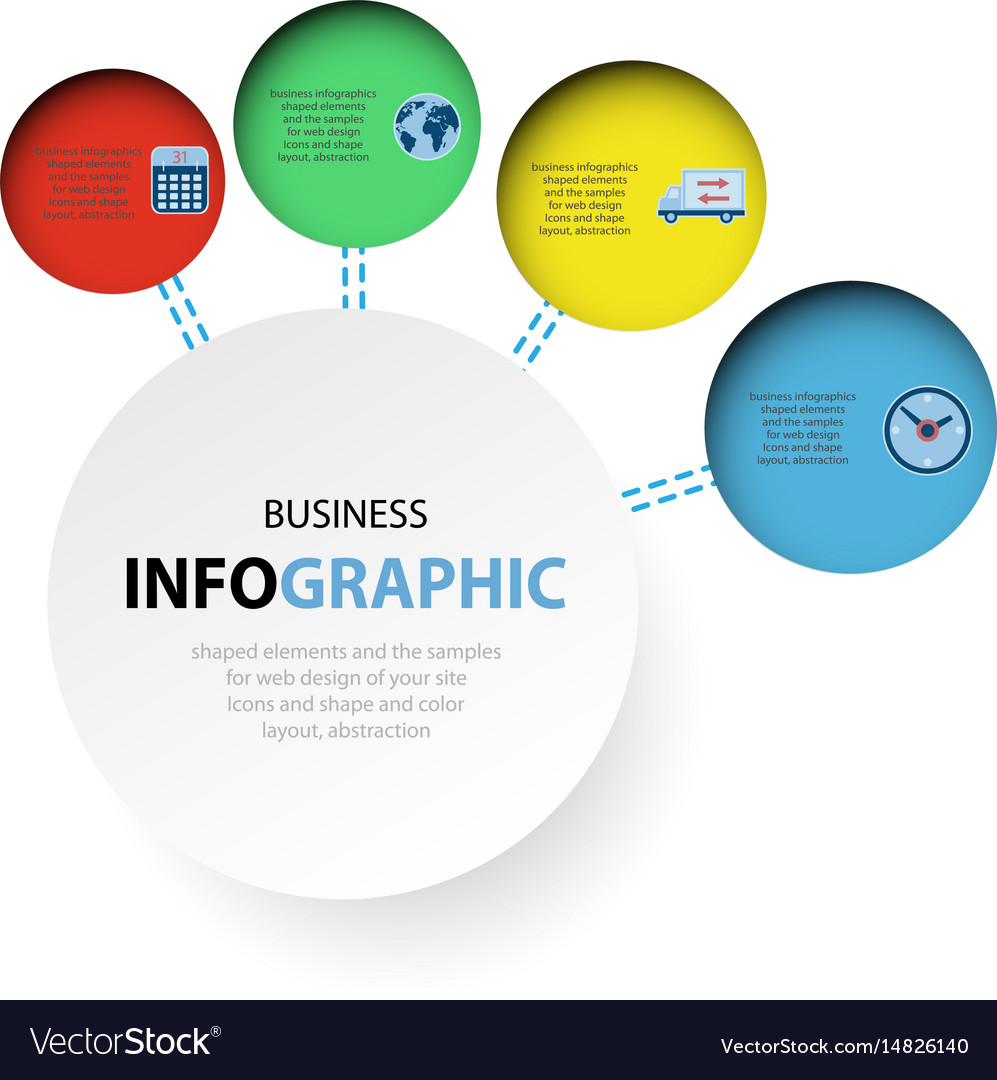Keen To Discover Exactly How Internet Site Layout Has Changed In Time? Study The Evolution From Simplicity To User-Focused Experiences
Keen To Discover Exactly How Internet Site Layout Has Changed In Time? Study The Evolution From Simplicity To User-Focused Experiences
Blog Article
Published By-Kahn Stender
In the past, web sites were simple and focused on info. Navigating was straight, and style was for desktops. Now, customer experience is essential. Data guides designs for easy navigating. discover this fit different tools. Today, dark setting decreases strain, and minimal food selections boost navigation. Interactive attributes involve individuals, and vibrant visuals stand apart. AI integration increases involvement. See how layout has actually evolved to enhance your online trip.
Early Days of Web Design
In the very early days of website design, simpleness preponderated. Sites were standard, with limited shades, font styles, and layouts. The emphasis got on providing information instead of fancy visuals. Customers accessed the internet via sluggish dial-up connections, so rate and capability were crucial.
Navigating food selections were straightforward, typically situated at the top or side of the web page. Sites were designed for computer, as mobile surfing had not been yet prevalent. Content was king, and developers focused on easy readability over complex layout aspects.
HTML was the key coding language utilized, and developers had to work within its constraints. Computer animations and interactive features were very little compared to today's criteria. Internet sites were fixed, with little dynamic web content or personalized customer experiences.
Increase of User-Focused Design
With the development of website layout, a shift towards user-focused style concepts has actually ended up being significantly popular. Today, producing websites that focus on individual experience is crucial for engaging visitors and attaining organization objectives. User-focused layout includes comprehending the needs, choices, and actions of your target audience to customize the web site's design, web content, and features appropriately.
Developers now carry out detailed research, such as customer surveys and functionality screening, to collect insights and responses straight from customers. This data-driven approach helps in developing user-friendly navigation, clear calls-to-action, and aesthetically appealing interfaces that reverberate with site visitors. By putting Read A lot more at the center of the style process, websites can supply a more personalized and enjoyable experience.
Responsive layout has actually additionally become a vital facet of user-focused design, guaranteeing that web sites are optimized for numerous tools and display dimensions. This flexibility boosts access and use, satisfying the diverse methods users interact with web sites today. In essence, the rise of user-focused layout symbolizes a change towards creating electronic experiences that prioritize the needs and expectations of completion user.
Modern Trends in Web Design
Check out the latest fads shaping web design today. One popular fad is dark setting style, providing a smooth and contemporary appearance while reducing eye strain in low-light environments. Another key trend is minimalist navigation, streamlining menus and boosting customer experience by focusing on essential elements. Incorporating micro-interactions, such as animated buttons or scrolling results, can develop a much more interesting and interactive internet site. Responsive style remains essential, making sure smooth individual experiences throughout various gadgets. Additionally, utilizing vibrant typography and unbalanced designs can include aesthetic rate of interest and draw attention to specific content.
Integrating AI modern technology, like chatbots for client assistance or personalized recommendations, enhances user interaction and improves procedures. Accessibility has also come to be a considerable trend, with developers prioritizing inclusive style practices to satisfy diverse user requirements. Embracing sustainability by enhancing website performance for rate and performance is an additional emerging trend in website design. Teaming up with individual feedback and information analytics to repeat and enhance style constantly is important for remaining relevant in the ever-evolving electronic landscape. By embracing these modern trends, you can create an aesthetically appealing, straightforward internet site that reverberates with your target market.
Conclusion
As you reflect on the development of site design from the very early days to now, you can see exactly how user-focused style has become the driving pressure behind contemporary fads.
Embrace the journey of change and adaptation in website design, constantly keeping the user experience at the center.
Remain existing with the current patterns and innovations, and never stop progressing your method to develop aesthetically stunning and easy to use websites.
Evolve, adapt, and create - the future of web design is in your hands.
